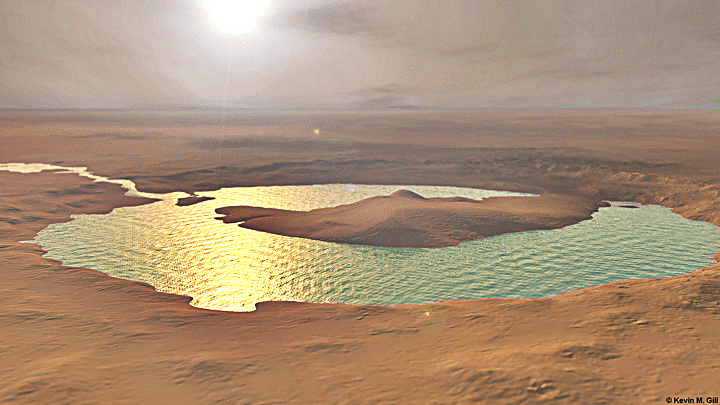TOKYO —
Japanese rescue workers on Wednesday began evacuating thousands of people who
had been trapped at a major airport, a day after a powerful storm battered the
country, leaving 11 people dead and 600 injured.
The storm,
Typhoon Jebi, brought widespread flooding and winds of up to 130 miles an hour.
It prompted government evacuation orders for about 49,000 people, with many
more advised to flee, the Fire and Disaster Management Agency said.
Boats
floating along with debris in Nishinomiya, Hyogo Prefecture.CreditReuters
The storm
traversed Japan’s main island of Honshu before traveling up its western coast,
leaving a trail of death. Among the fatalities was the owner of a warehouse
that collapsed on him, news reports said.
Pedestrians
in Tokyo. Wind speeds reached 130 miles per hour in some places.
Early in the
afternoon on Tuesday, an oil tanker unmoored by the storm crashed into the only
bridge that connects Kansai International Airport in Osaka Bay to the mainland.
The Coast Guard later rescued the crew members using a helicopter and patrol
boats, the public broadcaster NHK said.
Early on
Wednesday morning, three speedboats began rescuing some of the 3,000 people who
had been stranded at the airport, which sits on a man-made island, NHK
reported. Others were being transported by bus across the northern part of the
damaged airport bridge to Izumisano, a city in Osaka Prefecture.
Footage on
NHK’s noon broadcast on Wednesday showed long lines of stranded people waiting
for buses at the airport. Officials said Thursday that the airport, Japan’s
third largest, may remain closed for a week.
The storm
was downgraded to a low-pressure system on Wednesday as it moved away from the
Japanese archipelago, the Japan Meteorological Agency said. Bullet trains in
the area resumed full service after being suspended a day earlier.
But Kansai
International Airport was still closed, with nearly 1,000 flights canceled
since Tuesday, and local trains were canceled or delayed across a wide swath of
eastern and northern Japan.
Much of the
airport’s runways remained under water early Wednesday, though the main
terminal buildings were safe, said Takayuki Nomori, an officer with the Kansai
Airport police.
An oil
tanker crashed into the only bridge connecting Kansai International Airport in
Osaka Bay to the mainland.
An oil
tanker crashed into the only bridge connecting Kansai International Airport in
Osaka Bay to the mainland.CreditKentaro Ikushima/Mainichi Newspaper, via
Associated Press
In Kyoto,
damage to the roof of the main rail station brought debris crashing down onto
passengers below, injuring three people and closing parts of the station. News
footage showed shipping containers strewn across Kobe Port, a cargo hub.
About 2.2
million homes were without power late Tuesday, according to a central
government tally. By Wednesday morning, NHK reported, 570,000 homes were
without power in Osaka Prefecture and five neighboring prefectures, as well as
37,000 other homes in Hokkaido Prefecture.
The Kyodo
news agency also reported that about 160 elementary school children on a school
trip in Kyoto had been stranded since Monday because the roads leading to the
facility where they were staying were blocked by downed trees. Two children who
had fallen ill there were taken to a hospital by helicopter on Wednesday, Kyodo
reported.
The typhoon
hit during a summer of meteorological misery for Japan, with floods and
landslides killing over 200 people in western Japan in July, the same month
that heat waves claimed about 130 lives.
Evacuation
orders in Japan are not mandatory, but the failure to heed such orders during
the July rains was seen as a contributing factor to the high number of deaths.
Containers
jumbled together near a port in Osaka.






Post A Comment:
0 comments: